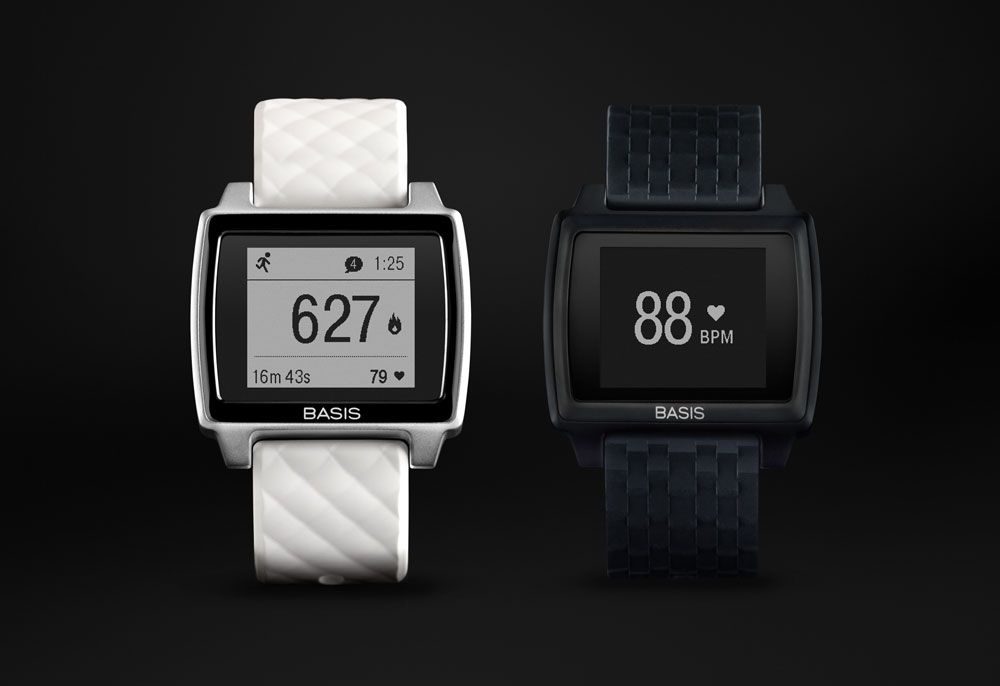Blisters and Burns Prompt Fitness Tracker Recall

One of the first fitness trackers to include a wrist-worn heart rate monitor, the Basis Peak, is now being recalled because of its potential to cause blisters or burns on the skin, the company said today.
A small number of Peak users (about 0.2 percent) have reported that their devices have overheated, leading to blisters or burns on their wrists, Basis said.
In June, Basis told users to stop wearing the Peak until the company could release a software update that would automatically shut down the device if it started to overheat. But developing such an update proved elusive.
"Unfortunately, despite our best efforts, we aren't able to develop such a solution without completely compromising the user experience," the company said in a statement. "As a result, we are asking that you return your Basis Peak watch and authorized accessories for a full refund at your earliest convenience." The tracker typically costs $199.
Users will be able to access the data they already tracked until the end of this year, but after that, services for the wearable will be completely turned off, the company said. Basis also has removed the product from its online store. [How to Fix 9 Common Skin Problems]
The Basis Peak was originally released in November 2014. Its wrist-worn heart rate monitor (which was also a feature of the company's earlier tracker, the Basis B1) predated other heart-rate-monitoring watches, such as the Fitbit Charge HR and the Apple Watch.
However, the Peak isn't the first fitness tracker that's been recalled for its potential to cause skin problems. The Fitbit Force was recalled in February 2014 because a small percentage of users reported skin irritation. Some users with nickel allergies may have experienced an allergic reaction to that product, which used nickel in its metal parts.
Sign up for the Live Science daily newsletter now
Get the world’s most fascinating discoveries delivered straight to your inbox.
Original article on Live Science.

Rachael is a Live Science contributor, and was a former channel editor and senior writer for Live Science between 2010 and 2022. She has a master's degree in journalism from New York University's Science, Health and Environmental Reporting Program. She also holds a B.S. in molecular biology and an M.S. in biology from the University of California, San Diego. Her work has appeared in Scienceline, The Washington Post and Scientific American.











